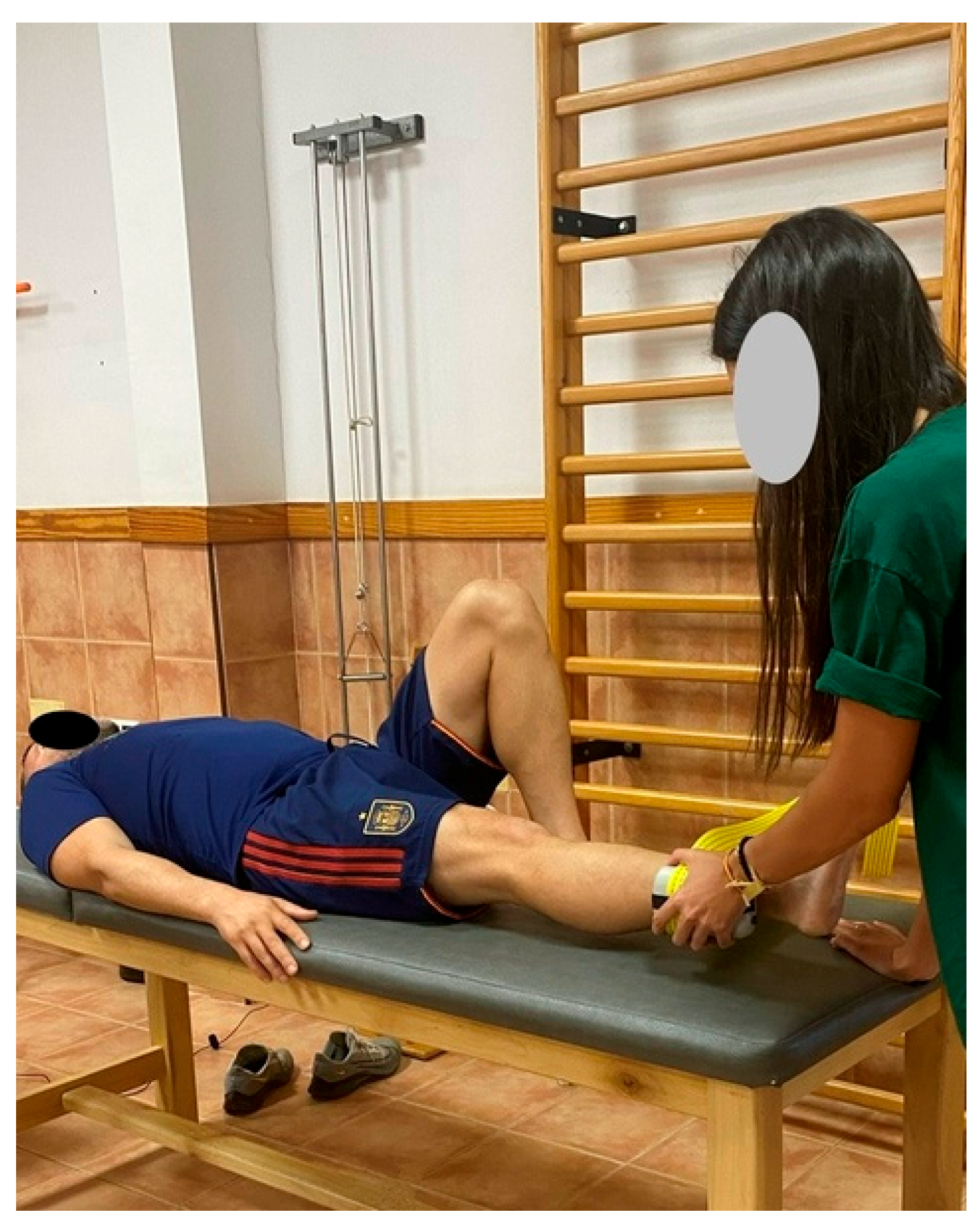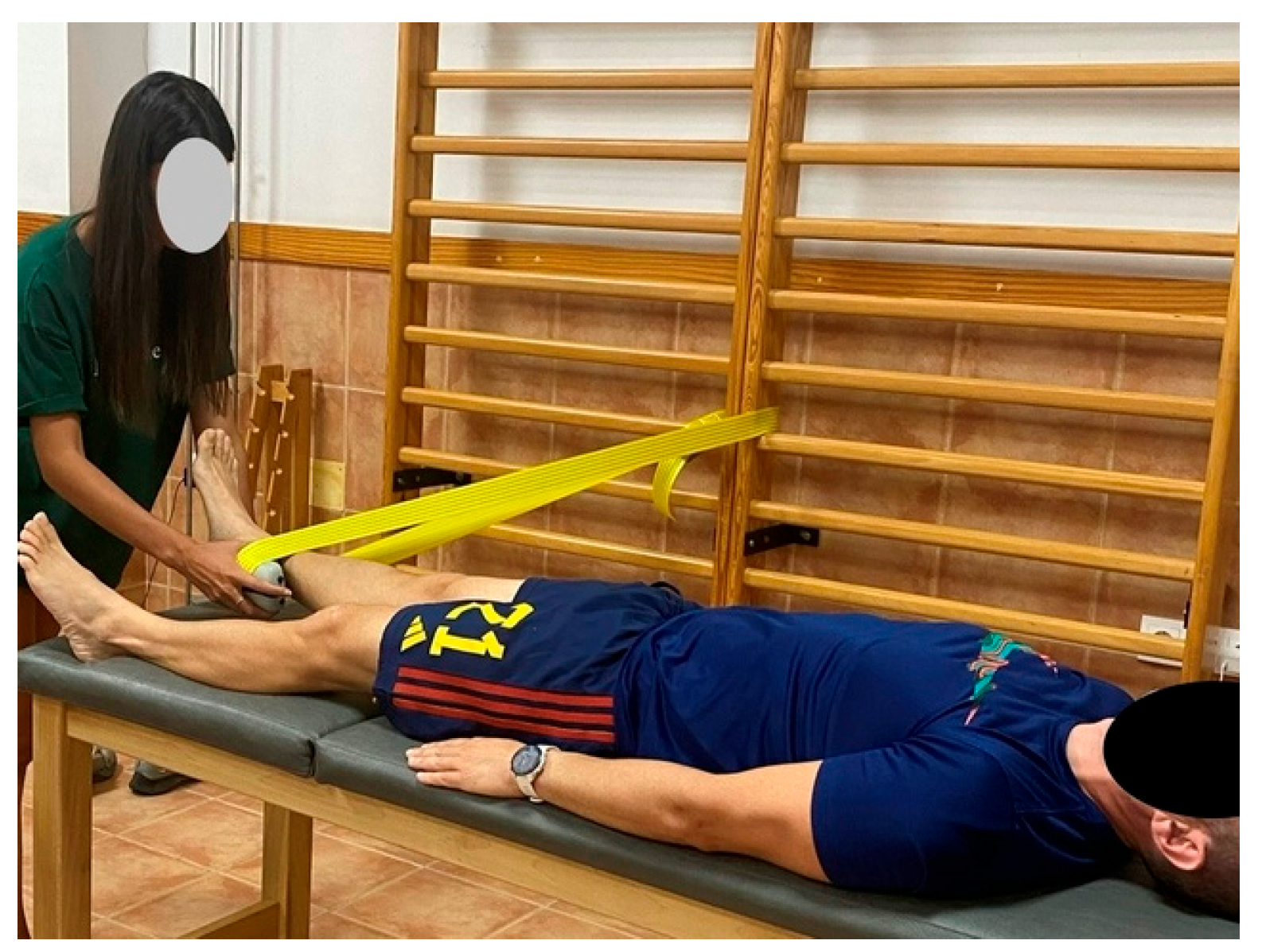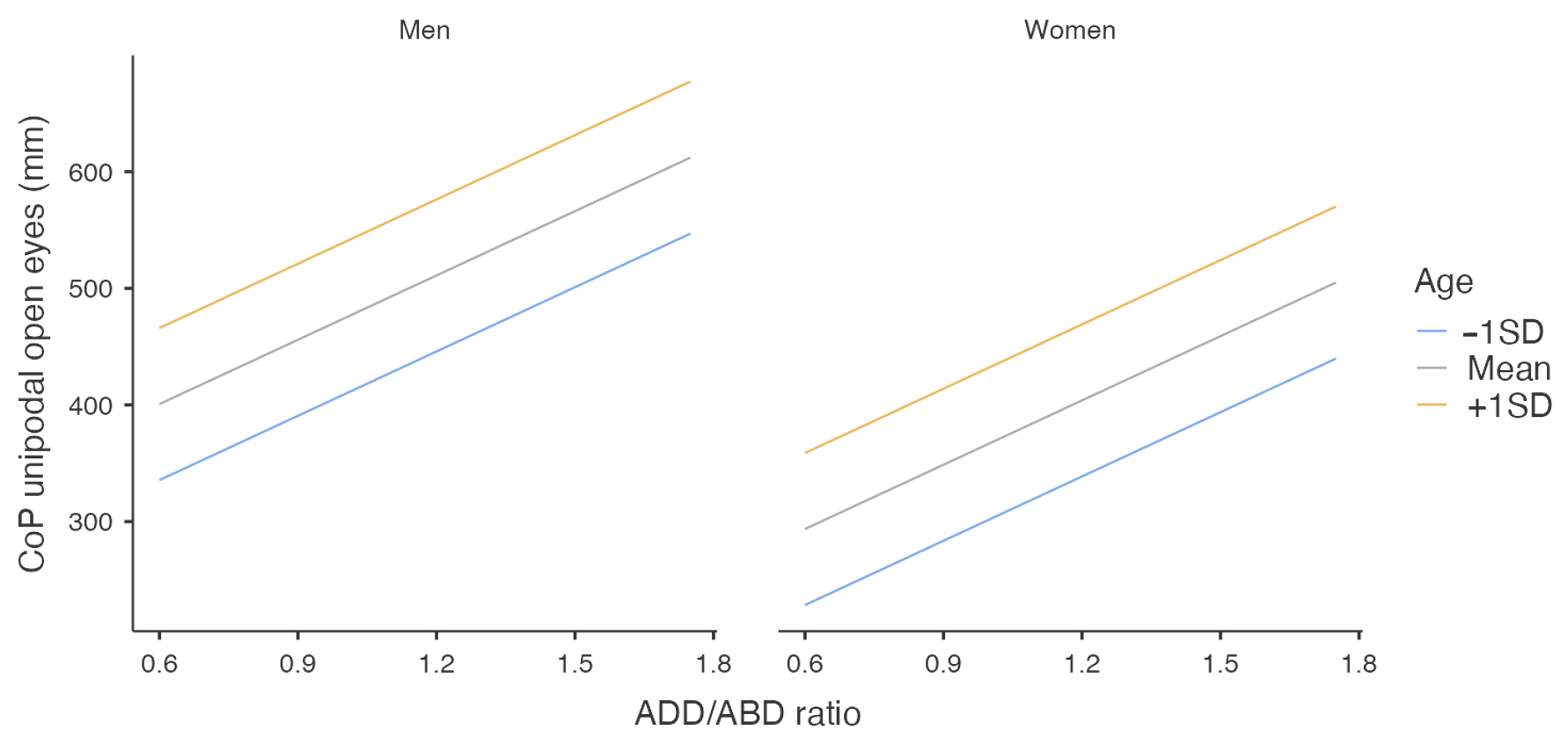Association Between Balance and Hip Muscle Strength in Inline Skaters
Abstract
1. Introduction
2. Materials and Methods
3. Results
4. Discussion
5. Conclusions
Supplementary Materials
Author Contributions
Funding
Institutional Review Board Statement
Data Availability Statement
Conflicts of Interest
Correction Statement
References
- Schieber, R.A.; Branche-Dorsey, C.M. In-line skating injuries epidemiology and recommendations for prevention. Sports Med. 1995, 19, 427–432. [Google Scholar] [CrossRef]
- Tan, V.; Seldes, R.M.; Daluiski, A. In-line skating injuries. Sports Med. 2001, 31, 691–699. [Google Scholar] [CrossRef]
- Major, M.J.; Beaudoin, A.J.; Kurath, P.; Hsiao-Wecksler, E.T. Biomechanics of aggressive inline skating: Landing and balancing on a grind rail. J. Sports Sci. 2007, 25, 1411–1422. [Google Scholar] [CrossRef] [PubMed]
- Schieber, R.A.; Branche-Dorsey, C.M.; Rutherford, G.W.J.; Stevens, J.A.; O’NEil, J. Risk factors for injuries from in-line skating and the effectiveness of safety gear. N. Engl. J. Med. 1996, 335, 1630–1635. [Google Scholar] [CrossRef] [PubMed]
- Nguyen, D.; Letts, M. In-line skating injuries in children: A 10-year review. J. Pediatr. Orthop. 2001, 21, 613–618. [Google Scholar] [CrossRef] [PubMed]
- Moreno-Alcaraz, V.J.; Cejudo, A.; Sainz De Baranda, P. Injury types and frequency in Spanish inline hockey players. Phys. Ther. Sport. 2020, 42, 91–99. [Google Scholar] [CrossRef]
- Jerosch, J.; Heidjann, J.; Thorwesten, L.; Linnebecker, S. Inline-skating—Typische verletzungen und prophylaxe. Sport. Sportverletz. Sportschaden 1997, 11, 43–47. [Google Scholar] [CrossRef]
- Kovacs, E.J.; Birmingham, T.B.; Forwell, L.; Litchfield, R.B. Effect of training on postural control in figure skaters: A Randomized Controlled Trial of Neuromuscular Versus Basic Off-Ice Training Programs. Clin. J. Sport. Med. 2004, 14, 215–224. [Google Scholar] [CrossRef]
- Slater, L.V.; Vriner, M.; Zapalo, P.; Arbour, K.; Hart, J.M. Difference in agility, strength, and flexibility in competitive figure skaters based on level of expertise and skating discipline. J. Strength Cond. Res. 2016, 30, 3321–3328. [Google Scholar] [CrossRef]
- Vila, H.; Abraldes, J.A.; Rodríguez, N.; Ferragut, C. Anthropometric and somatotype characteristics of world class male roller skaters by discipline. J. Sports Med. Phys. Fit. 2015, 55, 742–748. [Google Scholar]
- Björnstig, U.; Björnstig, J.; Boman, H. Inline skating—High fracture risk. Two of three injured are boys and young men. Wrist fractures are most common. Lakartidningen 2000, 97, 4998–5000. [Google Scholar] [PubMed]
- Coetzee, D.; Coetzee, F.F.; Schall, R.; Sinclair, C. Gluteal muscle activation during rehabilitation exercises in female field hockey players. S. Afr. J. Physiother. 2021, 77, 1578. [Google Scholar] [CrossRef] [PubMed]
- Van Iterson, E.H.; Fitzgerald, J.S.; Dietz, C.C.; Snyder, E.M.; Peterson, B.J. Reliability of triaxial accelerometry for measuring load in men’s collegiate ice hockey. J. Strength Cond. Res. 2017, 31, 1305–1312. [Google Scholar] [CrossRef]
- De Boer, R.W.; Cabri, J.; Vaes, W.; Clarijs, J.P.; Hollander, A.P.; De Groot, G.; van Ingen Schenau, G.J. Moments of force, power, and muscle coordination in speed-skating. Int. J. Sports Med. 1987, 08, 371–378. [Google Scholar] [CrossRef] [PubMed]
- Buckeridge, E.; LeVangie, M.C.; Stetter, B.; Nigg, S.R.; Nigg, B.M. An On-ice measurement approach to analyse the biomechanics of ice hockey skating. McCrory JL, editor. PLoS ONE 2015, 10, e0127324. [Google Scholar] [CrossRef]
- Pearsall, D.J.; Turcotte, R.A.; Murphy, S.D. Biomechanics of ice hockey. Exerc. Sport Sci. 2000, 43, 675–692. [Google Scholar]
- Chang, R.; Turcotte, R.; Pearsall, D. Hip adductor muscle function in forward skating. Sports Biomech. 2009, 8, 212–222. [Google Scholar] [CrossRef]
- Rodriguez, R. Measuring the hip adductor to abductor strength ratio in ice hockey and soccer players: A critically appraised Topic. J. Sport. Rehabil. 2020, 29, 116–121. [Google Scholar] [CrossRef]
- Grewal, G.S.; Baisch, R.; Lee-Eng, J.; Wu, S.; Jarrett, B.; Humble, N.; Najafi, B. Effect of custom foot insoles on postural stability in figure skaters while on ice. J. Sport. Rehabil. 2016, 25, 225–262. [Google Scholar] [CrossRef]
- Winter, D.A. A.B.C. (Anatomy, Biomechanics, Control) of Balance During Standing and Walking; Waterloo Biomechanics: Waterloo, ON, Canada, 1995; 56p. [Google Scholar]
- Rowell, L.B.; Shepherd, J.T. American Physiological Society editors. In Handbook of Physiology: Exercise: Regulation and Integration of Multiple Systems; The American Physiological Society by Oxford University Press: New York, NY, USA, 1996; p. 1210. [Google Scholar]
- Riemann, B.L.; Lephart, S.M. The sensorimotor system, part I: The physiologic basis of functional joint stability. J. Athl. Train. 2002, 37, 71–79. [Google Scholar]
- Riemann, B.L.; Lephart, S.M. The Sensorimotor System, Part II: The Role of Proprioception in Motor Control and Functional Joint Stability. J. Athl. Train. 2002, 37, 80–84. [Google Scholar]
- Gibson, E.J.; Pick, A.D. What infants learn about: Locomotion and spatial layout. In An Ecological Approach to Perceptual Learning and Development, 1st ed.; Oxford University Press: New York, NY, USA, 2000; pp. 103–133. [Google Scholar]
- Ramírez-Campillo, R.; Burgos, C.H.; Henríquez-Olguín, C.; Andrade, D.C.; Martínez, C.; Álvarez, C.; Castro-Sepúlveda, M.; Marques, M.C.; Izquierdo, M. Effect of unilateral, bilateral, and combined plyometric training on explosive and endurance performance of young soccer players. J. Strength Cond. Res. 2015, 29, 1317–1328. [Google Scholar] [CrossRef]
- López-Valenciano, A.; Ayala, F.; De Ste Croix, M.; Barbado, D.; Vera-Garcia, F.J. Different neuromuscular parameters influence dynamic balance in male and female football players. Knee Surg. Sports Traumatol. Arthrosc. 2019, 27, 962–970. [Google Scholar] [CrossRef]
- Kim, Y.; Kang, S. The relationship of hip rotation range, hip rotator strength and balance in healthy individuals. BMR 2020, 33, 76. [Google Scholar] [CrossRef]
- Lanza, M.B.; Arbuco, B.; Ryan, A.S.; Shipper, A.G.; Gray, V.L.; Addison, O. Systematic Review of the Importance of Hip Muscle Strength, Activation, and Structure in Balance and Mobility Tasks. Arch. Phys. Med. Rehabil. 2022, 103, 1651–1662. [Google Scholar] [CrossRef]
- Ceballos-Laita, L.; Carrasco-Uribarren, A.; Cabanillas-Barea, S.; Pérez-Guillén, S.; Medrano-De-La-Fuente, R.; Hernando-Garijo, I.; Jiménez-Del-Barrio, S. Relationship between Hip Abductor Muscle Strength and Frontal Plane Kinematics: A Cross-Sectional Study in Elite Handball Athletes. Appl. Sci. 2022, 12, 10044. [Google Scholar] [CrossRef]
- Thorborg, K. Current Clinical Concepts: Exercise and Load Management of Adductor Strains, Adductor Ruptures, and Long-Standing Adductor-Related Groin Pain. J. Athl. Train. 2023, 58, 589–601. [Google Scholar] [CrossRef] [PubMed]
- Domínguez-Navarro, F.; Benitez-Martínez, J.C.; Ricart-Luna, B.; Cotolí-Suárez, P.; Blasco-Igual, J.M.; Casaña-Granell, J. Impact of hip abductor and adductor strength on dynamic balance and ankle biomechanics in young elite female basketball players. Sci. Rep. 2022, 12, 3491. [Google Scholar] [CrossRef] [PubMed]
- Tao, H.; Husher, A.; Schneider, Z.; Strand, S.; Ness, B. The relationship between single leg balance and isometric ankle and hip strength in a healthy population. Int. J. Sports Phys. Ther. 2020, 15, 712–721. [Google Scholar] [CrossRef]
- Guirelli, A.R.; Carvalho, C.A.; Dos Santos, J.M.; Ramiro Felicio, L. Relationship between the strength of the hip and knee stabilizer muscles and the Y balance test performance in adolescent volleyball athletes. J. Sports Med. Phys. Fit. 2021, 61, 1326–1332. [Google Scholar] [CrossRef]
- Wilson, B.R.; Robertson, K.E.; Burnham, J.M.; Yonz, M.C.; Ireland, M.L.; Noehren, B. The relationship between hip strength and the Y balance test. J. Sport. Rehabil. 2018, 27, 445–450. [Google Scholar] [CrossRef]
- Heitkamp, H.C.; Horstmann, T.; Schalinski, H. In-line skating: Injuries and prevention. J. Sports Med. Phys. Fit. 2000, 40, 247–253. [Google Scholar]
- Powell, E.C.; Tanz, R.R. In-line skate and rollerskate injuries in childhood. Pediatr. Emerg. Care 1996, 12, 259–262. [Google Scholar] [CrossRef]
- Faul, F.; Erdfelder, E.; Lang, A.G.; Buchner, A. G*Power 3: A flexible statistical power analysis program for the social, behavioral, and biomedical sciences. Behav. Res. Methods 2007, 39, 175–191. [Google Scholar] [CrossRef]
- McKinney, J.; Velghe, J.; Fee, J.; Isserow, S.; Drezner, J.A. Defining Athletes and Exercisers. Am. J. Cardiol. 2019, 123, 532–535. [Google Scholar] [CrossRef]
- Radman, I.; Ruzic, L.; Padovan, V.; Cigrovski, V.; Podnar, H. Reliability and Validity of the Inline Skating Skill Test. J. Sports Sci. Med. 2016, 15, 390–396. [Google Scholar]
- Kim, S.G.; Kim, W.S. Effect of Ankle Range of Motion (ROM) and Lower-Extremity Muscle Strength on Static Balance Control Ability in Young Adults: A Regression Analysis. Med. Sci. Monit. 2018, 24, 3168–3175. [Google Scholar] [CrossRef] [PubMed]
- Thorborg, K.; Serner, A.; Petersen, J.; Madsen, T.M.; Magnusson, P.; Hölmich, P. Hip Adduction and abduction strength profiles in elite soccer players: Implications for clinical evaluation of hip adductor muscle recovery after injury. Am. J. Sports Med. 2011, 39, 121–126. [Google Scholar] [CrossRef] [PubMed]
- Thorborg, K.; Bandholm, T.; Hölmich, P. Hip and Knee Strenght assessmentes using a hand held dynamometer with external belt fixation are inter tester reliable. Knee Surg. Sports Traumatol. Arthrosc. 2013, 21, 550–555. [Google Scholar] [CrossRef] [PubMed]
- Smith, A.D. The Young Skater. Clin. Sports Med. 2000, 19, 741–755. [Google Scholar] [CrossRef] [PubMed]
- Lugea, C. Algunas Consideraciones Sobre Biomecánica, Técnica y el Modelo Técnico en el Patinaje de Velocidad. Rollertraining; Universidad Autonoma de Madrid: Madrid, Spain, 2008; p. 66. [Google Scholar]
- Bongiorno, G.; Miceli, L. EMG surface analysis in short track in line speed skating athletes: The curve after the straight. J. Sports Med. Phys. Fit. 2023, 63, 906–907. [Google Scholar] [CrossRef]
- Lee, S.P.; Powers, C.M. Individuals with diminished hip abductor muscle strength exhibit altered ankle biomechanics and neuromuscular activation during unipedal balance tasks. Gait Posture 2014, 39, 933–938. [Google Scholar] [CrossRef]
- Ambegaonkar, J.P.; Mettinger, L.M.; Caswell, S.V.; Burtt, A.; Cortes, N. Relationships between core endurance, hip strength, and balance in collegiate female athletes. Int. J. Sports Phys. Ther. 2014, 9, 604–616. [Google Scholar] [PubMed]
- Muehlbauer, T.; Kuehnen, M.; Granacher, U. Inline skating for balance and strength promotion in children during physical dducation. Percept. Mot. Ski. 2013, 117, 665–681. [Google Scholar] [CrossRef]
- Sehgal, S.; Chahal, A.; Esht, V.; Alshehri, M.M.; Beg, R.A.; Abu Shaphe, M.; Alajam, R.A.; Kashoo, F.Z.; Alghadir, A.H.; Khan, M. Unleashing potential and optimizing adolescent roller skating performance through a structured exercise program—A randomized controlled trial. BMC Sports Sci. Med. Rehabil. 2023, 15, 117. [Google Scholar] [CrossRef]
- Miller, P.K.; Bird, A.M. Localized muscle fatigue and dynamic balance. Percept. Mot. Ski. 1976, 42, 135–138. [Google Scholar] [CrossRef]
- Gribble, P.A.; Hertel, J. Effect of hip and ankle muscle fatigue on unipedal postural control. J. Electromyogr. Kinesiol. 2004, 14, 641–646. [Google Scholar] [CrossRef]
- Gribble, P.A.; Hertel, J. Effect of lower-extremity muscle fatigue on postural control. Arch. Phys. Med. Rehabil. 2004, 85, 589–592. [Google Scholar] [CrossRef]
- Tyler, T.F.; Nicholas, S.J.; Campbell, R.J.; Donellan, S.; McHugh, M.P. The effectiveness of a preseason exercise program to prevent adductor muscle strains in professional ice hockey players. Am. J. Sports Med. 2002, 30, 680–683. [Google Scholar] [CrossRef] [PubMed]
- Tyler, T.F.; Nicholas, S.J.; Campbell, R.J.; McHugh, M.P. The association of hip strength and flexibility with the incidence of adductor muscle strains in professional ice hockey players. Am. J. Sports Med. 2001, 29, 124–128. [Google Scholar] [CrossRef]
- Wiegmann, S.; Felsenberg, D.; Gast, U.; Börst, H.; Armbrecht, G.; Dietzel, R. Balance performance across the lifespan assessed by the Leonardo Mechanograph®: A cross-sectional study. JFMK 2019, 5, 1. [Google Scholar] [CrossRef]
- Era, P.; Sainio, P.; Koskinen, S.; Haavisto, P.; Vaara, M.; Aromaa, A. Postural balance in a random sample of 7979 subjects aged 30 years and over. Gerontology 2006, 52, 204–213. [Google Scholar] [CrossRef]
- Ekdahl, C.; Jarnlo, G.B.; Andersson, S.I. Standing balance in healthy subjects. Evaluation of a quantitative test battery on a force platform. Scand. J. Rehabil. Med. 1989, 21, 187–195. [Google Scholar]
- Grgic, J.; Schoenfeld, B.J.; Davies, T.B.; Mikulic, P. Effects of resistance training frequency on measures of muscular strength: A systematic review and meta-analysis. Sports Med. 2018, 48, 1207–1220. [Google Scholar] [CrossRef] [PubMed]
- Dankel, S.J.; Counts, B.R.; Barnett, B.E.; Buckner, S.L.; Abe, T.; Loenneke, J.P. Muscle adaptations following 21 consecutive days of strength test familiarization compared with traditional training. Physiol. Int. 2017, 104, 255–265. [Google Scholar] [CrossRef]



| 95% Confidence Interval | |||||
|---|---|---|---|---|---|
| Mean | Lower | Upper | SD | Range | |
| Descriptives | |||||
| Age | 35.36 | 34.03 | 36.69 | 9.32 | 41 |
| Weight (kg) | 68.69 | 66.79 | 70.59 | 13.31 | 70.00 |
| Height (m) | 1.71 | 1.70 | 1.72 | 0.09 | 0.40 |
| BMI (kg/m2) | 23.43 | 22.94 | 23.92 | 3.45 | 18.62 |
| CoP (mm) | 416.29 | 389.37 | 443.20 | 188.59 | 945 |
| ABD strength (N) | 141.87 | 137.06 | 146.69 | 33.71 | 169.20 |
| ADD strength (N) | 150.15 | 144.01 | 156.29 | 43.02 | 217.30 |
| Ratio Add/Abd | 1.06 | 1.03 | 1.09 | 0.20 | 1.14 |
| Predictor | Estimate | SE | t | p |
|---|---|---|---|---|
| Intercept | 138.66 | 98.49 | 1.77 | 0.161 |
| Age | 7.00 | 1.33 | 4.80 | <0.001 |
| Sex | −107.17 | 33.01 | −3.25 | <0.001 |
| Days/week | ||||
| 3–5 vs. 1–3 | 6.04 | 28.38 | 0.21 | 0.832 |
| >5 vs. 1–3 | 102.66 | 38.19 | 2.69 | 0.008 |
| Ratio Add/Abd | 183.84 | 72.28 | 2.54 | 0.012 |
| Add strength (N) | −0.88 | 0.43 | −2.03 | 0.043 |
Disclaimer/Publisher’s Note: The statements, opinions and data contained in all publications are solely those of the individual author(s) and contributor(s) and not of MDPI and/or the editor(s). MDPI and/or the editor(s) disclaim responsibility for any injury to people or property resulting from any ideas, methods, instructions or products referred to in the content. |
© 2025 by the authors. Licensee MDPI, Basel, Switzerland. This article is an open access article distributed under the terms and conditions of the Creative Commons Attribution (CC BY) license (https://creativecommons.org/licenses/by/4.0/).
Share and Cite
Sánchez Torres, L.; Moltó, I.N.; Navia, J.A.; Reina Abellán, J. Association Between Balance and Hip Muscle Strength in Inline Skaters. J. Funct. Morphol. Kinesiol. 2025, 10, 331. https://doi.org/10.3390/jfmk10030331
Sánchez Torres L, Moltó IN, Navia JA, Reina Abellán J. Association Between Balance and Hip Muscle Strength in Inline Skaters. Journal of Functional Morphology and Kinesiology. 2025; 10(3):331. https://doi.org/10.3390/jfmk10030331
Chicago/Turabian StyleSánchez Torres, Lara, Iván Nácher Moltó, José A. Navia, and Javier Reina Abellán. 2025. "Association Between Balance and Hip Muscle Strength in Inline Skaters" Journal of Functional Morphology and Kinesiology 10, no. 3: 331. https://doi.org/10.3390/jfmk10030331
APA StyleSánchez Torres, L., Moltó, I. N., Navia, J. A., & Reina Abellán, J. (2025). Association Between Balance and Hip Muscle Strength in Inline Skaters. Journal of Functional Morphology and Kinesiology, 10(3), 331. https://doi.org/10.3390/jfmk10030331







